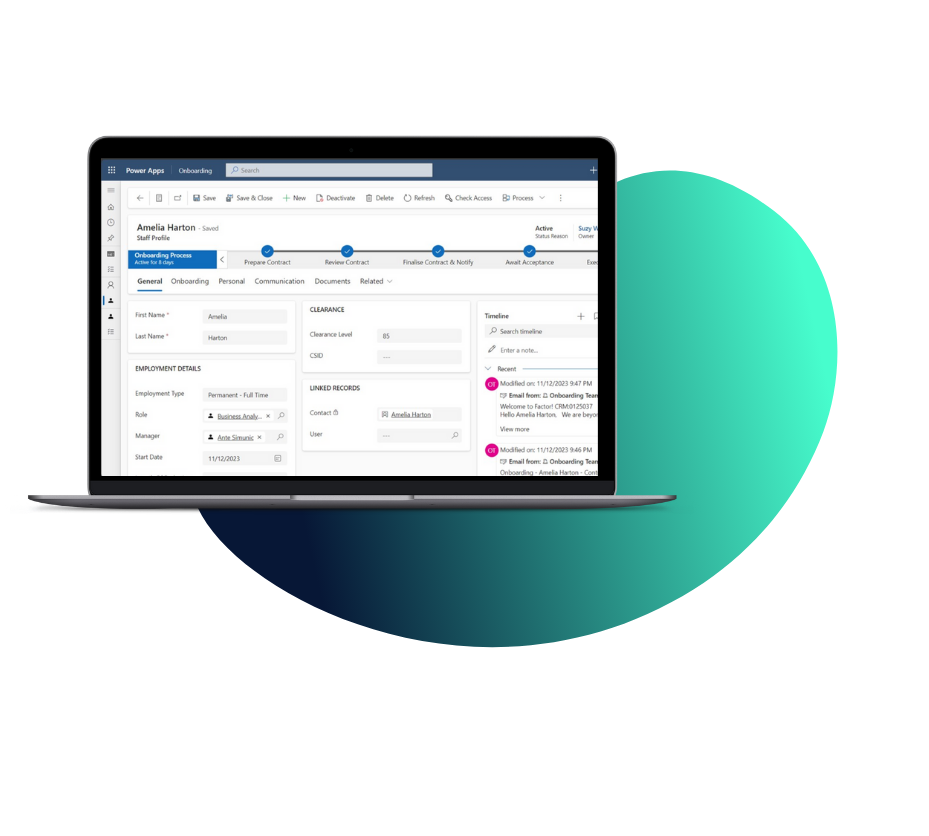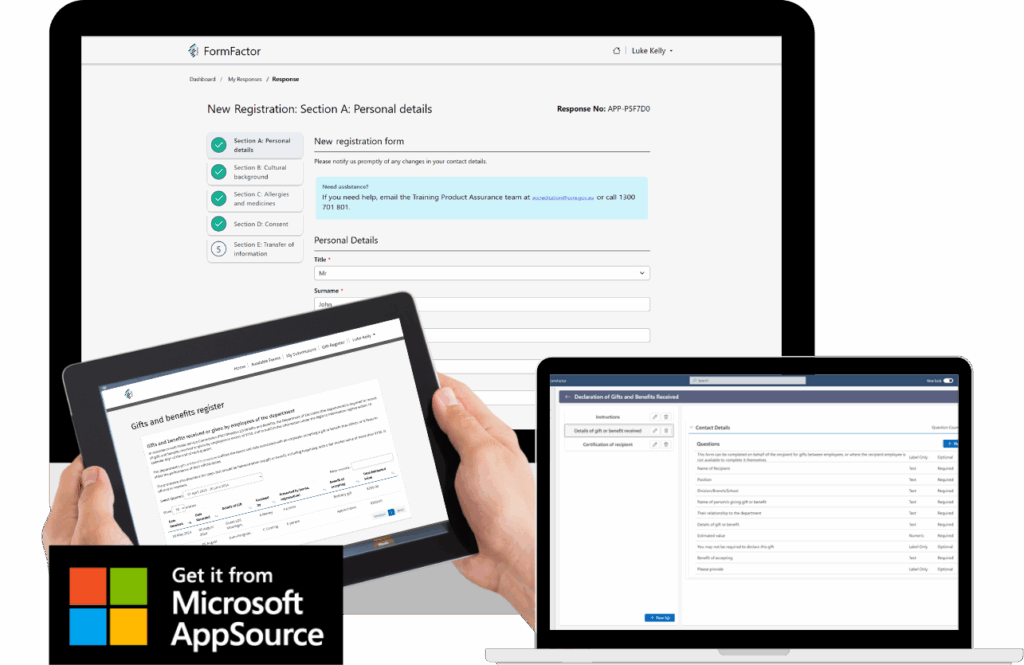
We assisted a Queensland Government Statutory Authority with the development of a proof-of-concept Staff Management solution for onboarding, utilising the Power Platform. This solution automated manual processes and was designed with extensibility and configurability in-mind to support additional HR processes in the future. We also delivered a low code governance strategy to give direction to how the Power Platform was managed.

Traditionally, the staff onboarding process is highly manual and time-consuming, involving numerous tasks distributed across multiple teams and individuals within an organisation. Coordinating actions between HR, IT and line managers often results in a fragmented process that is difficult to manage. Without a centralised system, tracking progress, maintaining accountability, and ensuring consistency becomes challenging leading to delays and a poor onboarding experience for new employees.
Previously, this process relied on the manual sending of emails and tracking tasks via spreadsheets.
The challenge for the organisation was to move away from these manual methods towards a centralised application capable of facilitating and monitoring the onboarding process from start to finish.
From the broader perspective of Power Platform governance, the organisation required some assistance developing a strategy and framework for how to manage the platform as its footprint grew. Without a strategy, there was a risk of business-critical applications going unsupported, orphaned apps, and other issues.
The organisation chose the Power Platform as the technology stack for this initiative as it enables the rapid development of custom business applications through low-code tools like Power Apps and Power Automate—which allows organisations to quickly deliver solutions without long development cycles. Its seamless integration with Microsoft 365 tools such as Outlook and Teams supports automation of key onboarding tasks like email notifications and task assignments. The platform also offers scalability and integration options to expand into other services such as SharePoint, Excel, and Power BI as needed in future.


We developed a model-driven Power Platform application to support and streamline HR processes. The solution delivered the following key capabilities:
We also ran workshops with the organisation to coach key stakeholders on Power Platform best practice and to understand their existing governance landscape. We were then able to produce a strategy which helped give structure, consistency and security to future projects.
The proof-of-concept successfully demonstrated the Power Platform’s ability to streamline and automate the onboarding process. It validated the use of configurable task templates, automated communications, and integration with Microsoft Teams for more complex workflows. The solution provided a clear vision of how manual, email- and spreadsheet-based processes could be transformed into a centralised and scalable application. As a result, the organisation now has a strong foundation for expanding this approach to broader HR functions in the future.
The low-code governance strategy now gives clear direction on topics such as citizen development, the Centre of Excellence, Data Loss Prevention policies, environment strategies, risk-based governance processes and more.

We provide unique solutions fit for you! Let’s chat and find out how we can help!